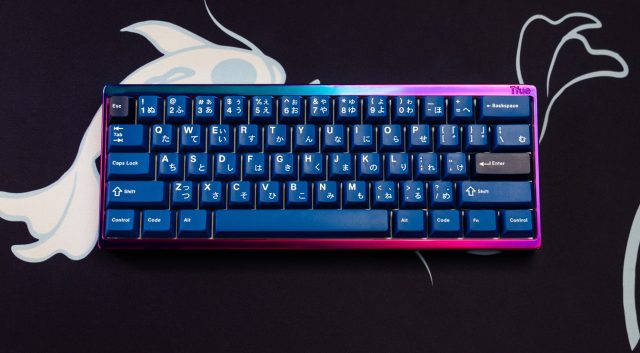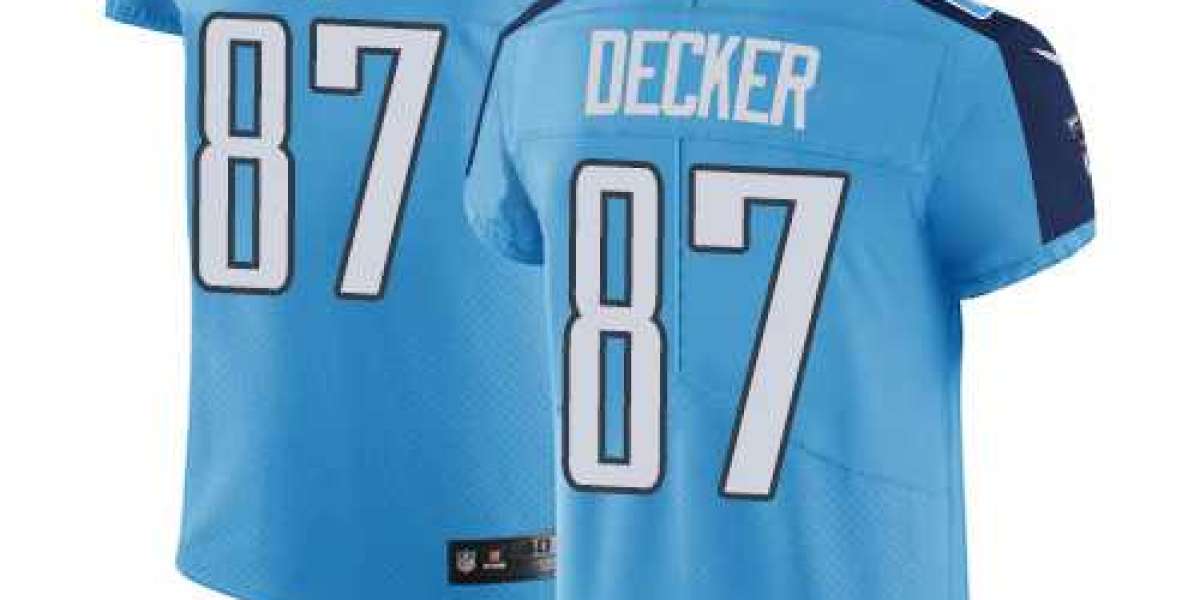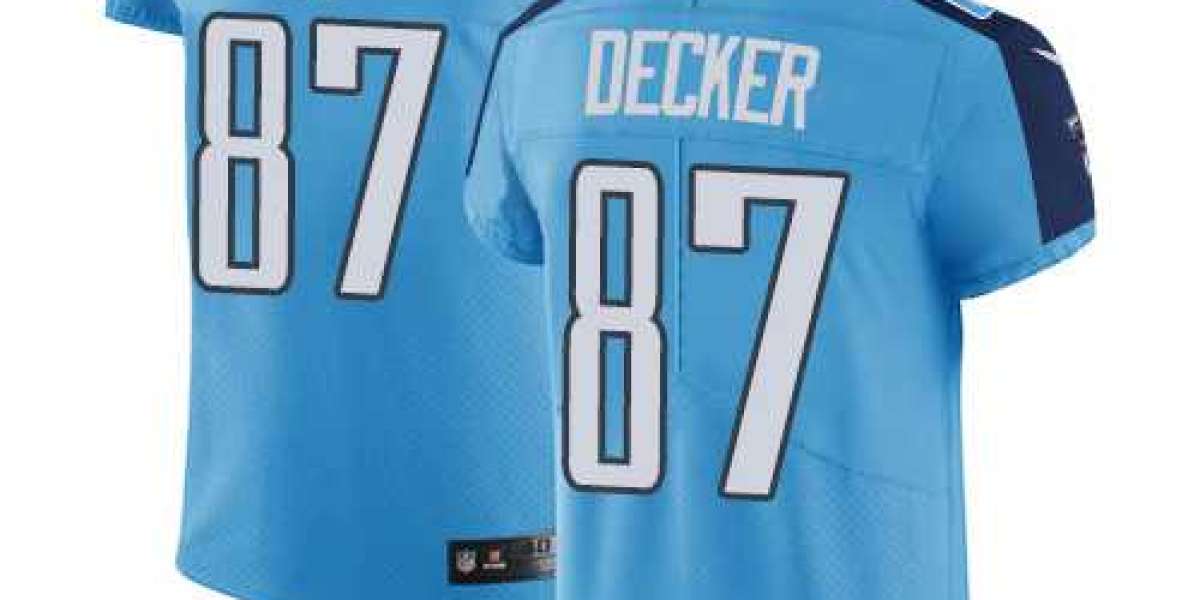The connection between CNC milling parts online and direct metal laser sintering (DMLS), the leading technology for 3D printing of complex metal parts, is one of the most significant connections in the manufacturing industry.
The latter method can create components in virtually any shape using laser beams and heaps of metal powder, but the process can be time-consuming at times
Machining, on the other hand, has fewer geometric possibilities, but it can increase production rates more quickly
Therefore, selecting which to use is primarily determined by two factors: A) how many components need to be manufactured, and B) whether or not one or more components can be machined
The two different methods of production can, in many instances, complement one another. What are some illustrations of this concept? In most cases, subtractive manufacturing, the opposite of additive manufacturing, is utilized in metal-based additive manufacturing. Holes need to be drilled, carved, threaded, or milled, and critical surfaces need to be milled, turned, or ground to their appropriate dimensions. Sandblasting, bracket removal, and manual TLC cleaning are the bare minimum processes that must be performed on 3D-printed parts before they can be taken to a machine shop for further processing.

What does this information imply for people who are searching for the most time- and cost-effective methods to make functional prototypes and a limited quantity of metal parts for final use? A great deal of. You can take advantage of the best of both worlds by adopting a strategy that allows metal printing and 3D milling parts online to be different steps in the same manufacturing process. This will allow you to eliminate surprises, reduce costs, and improve part design. Before you move on to designing metal parts for your next project, you should give some thought to the design considerations that are provided in the following paragraphs.
Fabrication of fabricated metal parts along with cutting
It is essential to exert a strong level of control over the process that is used to make them, as was mentioned at the outset of this piece of design advice. Protolabs utilizes five different types of additive manufacturing technologies, but the only one that can print metal is called DMLS. In the same manner, as any other powder bed printing process, this one employs a laser (or lasers) to sinter metal powder particles the size of flour into a cavity that has been constructed within the machine. The machine melts a thin layer of the paper-like work one at a time, and after each pass, the coating blade drags fresh powder to the top until the work is finished. The melting process begins at the bottom and works its way to the top.
In contrast, Milling parts online employs extremely durable cutting tools to remove metal. This can be done either by rotating the tool against a piece that is held still (a process known as milling) or by moving a fixed tool against a piece that is rotated (a technique known as turning). There are additional explanations on a microscopic level in the processing, but for the time being, it is important to understand that the processing begins where the DMLS left off. To put order cnc machined parts another way, DMLS involves the addition of material in a single layer. In order to achieve a desirable surface finish, Milling parts online involves the removal of material—sometimes in large quantities, and sometimes only very slightly.
Taking into account the exactness of the metal components
DMLS is capable of creating extremely complex shapes that otherwise could not be manufactured; however, it does not free manufacturing from all of its constraints. First, as the laser finishes its work, it performs significant heating and cooling on the metal, creating internal stresses that must be eliminated by post-construction heat treatment. These stresses can only be eliminated by heating the metal to a certain temperature. This does not mean very much to the person who is designing the part, other than the fact that the elimination of stress is equivalent to a certain amount of motion of the part, which means that there will be a certain loss of accuracy. This is one of the reasons, but not the only reason, why even a well-designed part and DMLS production require any part with poor characteristics or tolerances. However, this is one of the main reasons.



